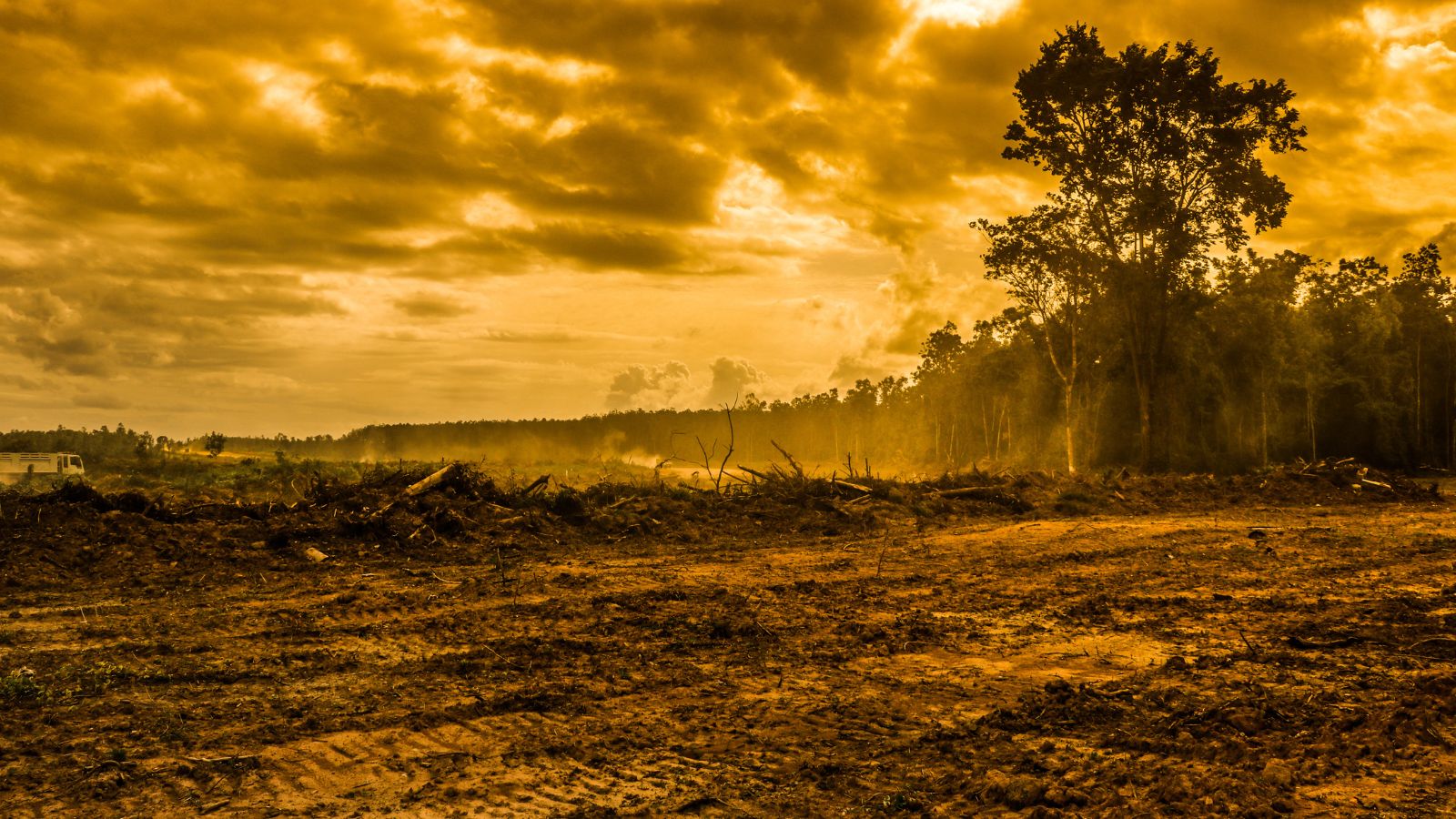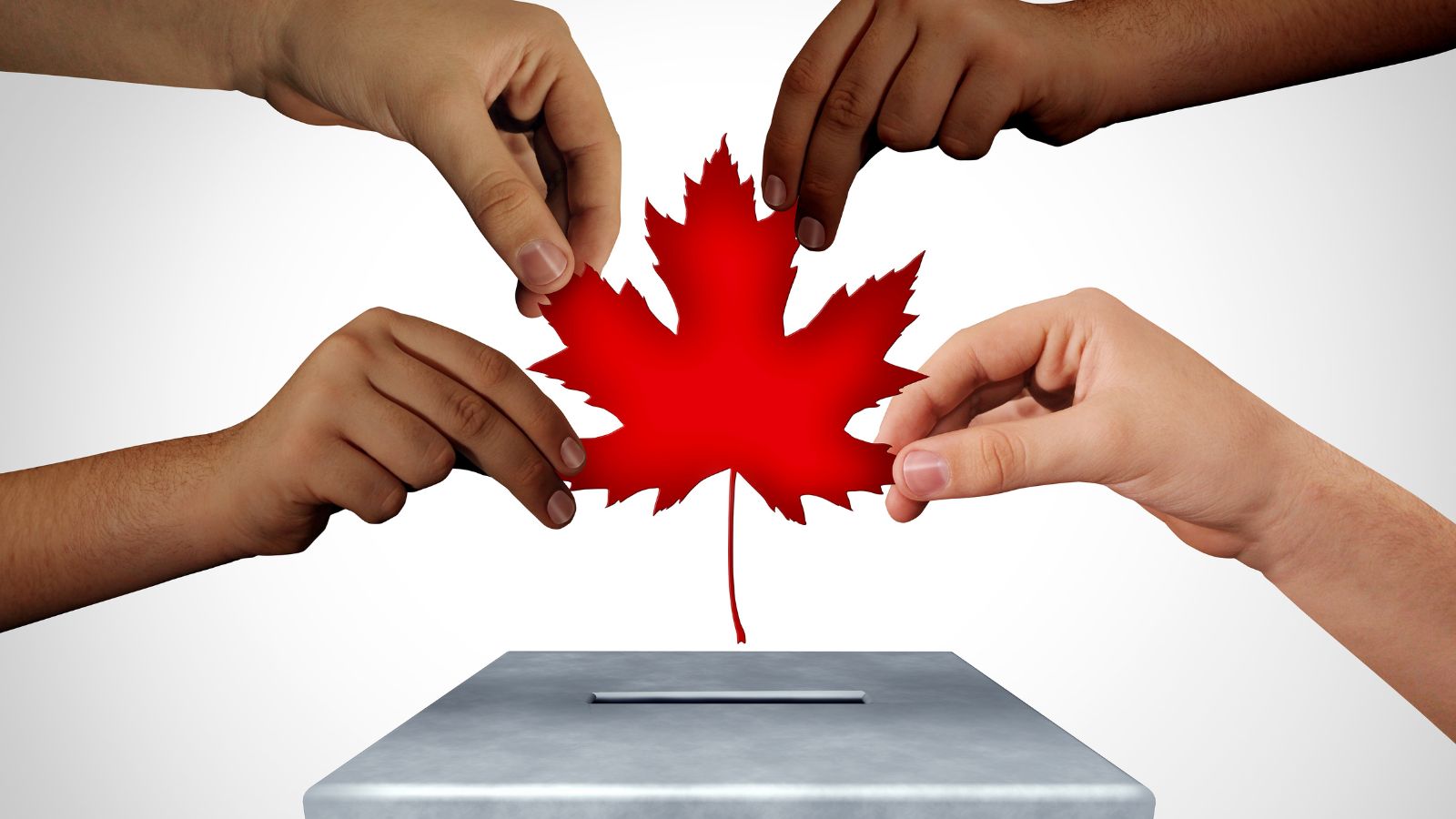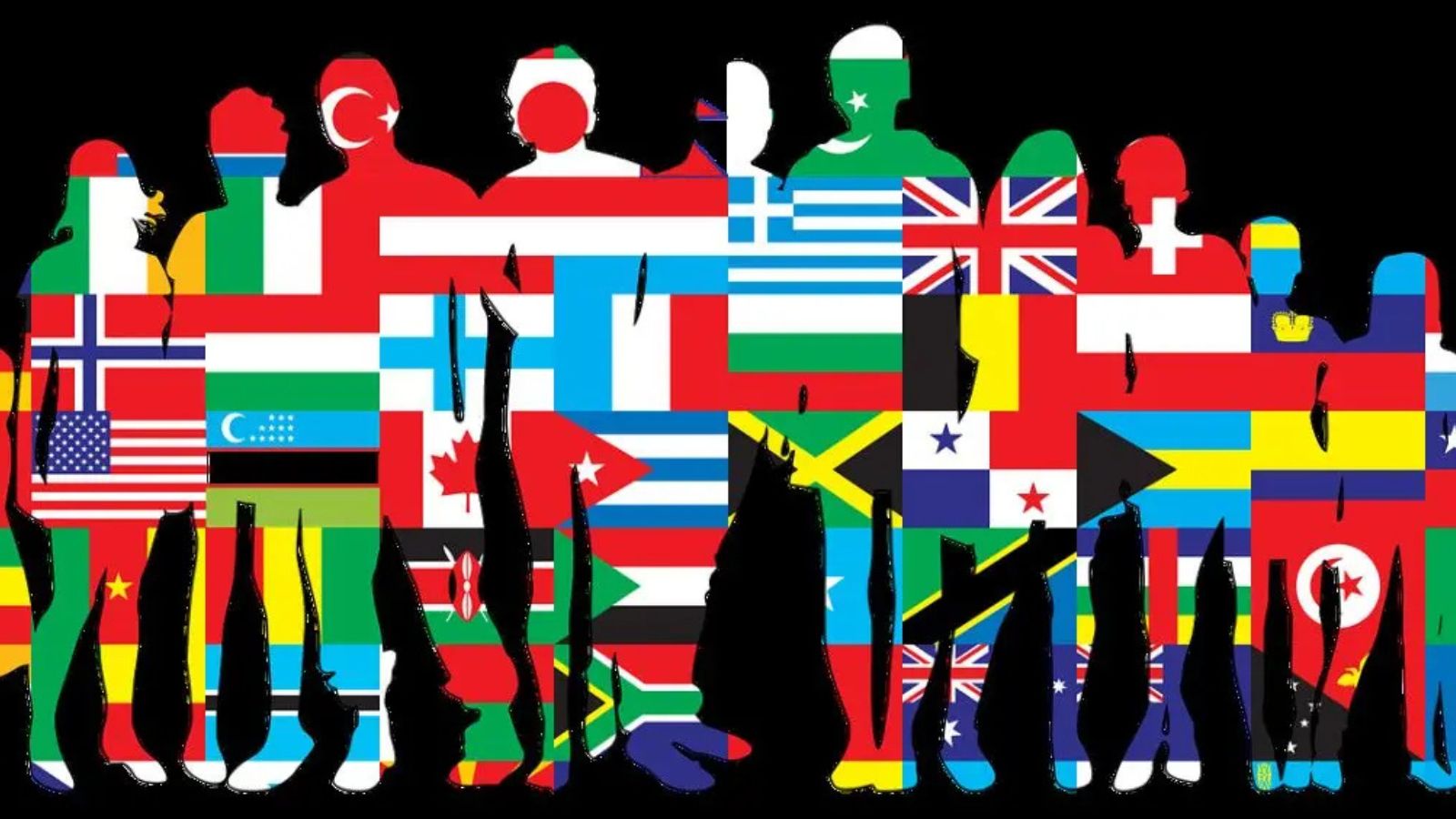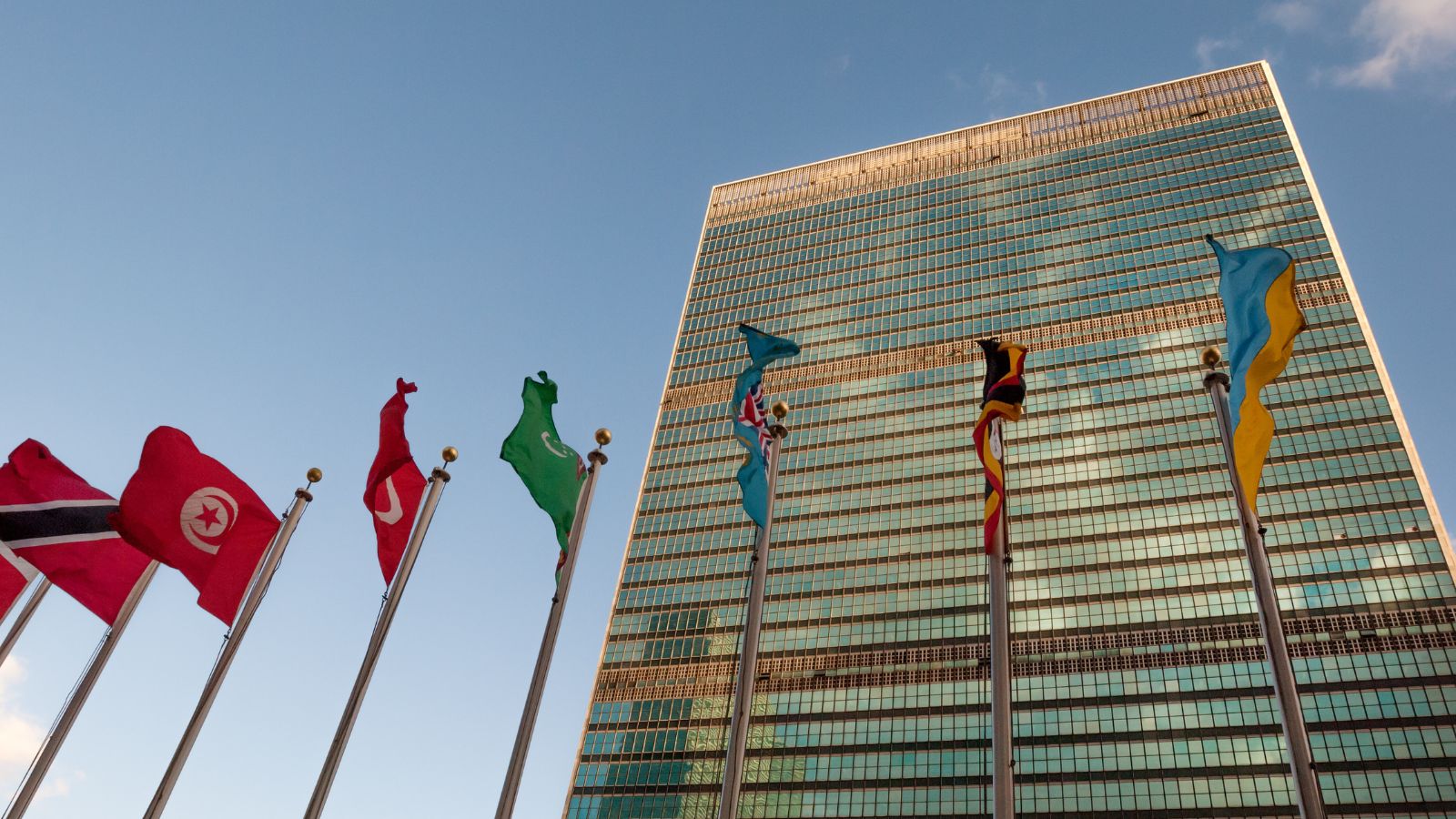While both Canada and the United States are highly developed nations with influential roles on the global stage, recent trends suggest Canada’s trajectory is uniquely positioned for long-term strength. From robust healthcare to forward-thinking immigration, Canada’s model is drawing attention for its adaptability and sustainability. Here are 22 distinct areas where Canada’s future appears to be on a brighter path than that of its southern neighbour.
National Healthcare as a Right

Canada continues to invest in universal healthcare while the U.S. struggles with skyrocketing costs and fragmented systems. Canadians enjoy access to necessary services without the financial burden experienced by many Americans. This promotes not only well-being but also economic stability, reducing medical bankruptcies and ensuring that preventive care is more accessible. Public trust in the system remains relatively strong, and incremental improvements, such as expanding mental health coverage, are underway. In contrast, the U.S. remains entangled in polarized debates over healthcare reform, with millions still uninsured or underinsured.
More Balanced Immigration Policies

Canada actively seeks immigrants based on a merit-based point system and integrates them into the economy through programs that support education, work, and community participation. Its annual immigration targets are public, planned, and strategic. The U.S., by contrast, sees frequent political battles over immigration, often resulting in reactive policies and legal limbo for many migrants. Canada’s model, which ties immigration to labor market needs and population growth, helps sustain its economy and public services. It also promotes multiculturalism and social cohesion.
Political Stability and Lower Polarization

Canada experiences significantly less political polarization than the U.S., where party divisions have grown increasingly hostile. Canadian federal elections are typically shorter, more regulated, and less marred by misinformation. The electoral system fosters coalition-building and compromise, rather than promoting zero-sum politics. While Canada has its share of ideological differences, public discourse remains more civil, and democratic institutions enjoy broader trust. This stability contributes to sounder policymaking and greater global confidence in Canadian governance.
Stronger Gun Control Measures

Canada has implemented tighter regulations around firearms, including bans on assault-style weapons and mandatory background checks. In contrast, the U.S. faces frequent mass shootings and entrenched legal battles over gun rights. Canadians support stricter gun laws, viewing them as essential to public safety. As a result, gun violence rates in Canada are significantly lower. This commitment to regulation not only reduces crime but enhances the overall sense of security in Canadian communities. Policies are periodically updated to reflect changing technologies and risks, showing an ability to adapt in ways that prioritize civilian protection and law enforcement effectiveness.
Greater Climate Policy Consensus

The country has embraced carbon pricing, green energy investments, and international environmental commitments with broader political and public support than the U.S. Even conservative provinces participate in discussions around climate strategy. The U.S., meanwhile, remains divided on the science and policy of climate change, with federal rollbacks and resistance from powerful lobbies. Canada’s approach also includes clear emissions targets and funding for clean technology. As climate concerns intensify globally, Canada’s willingness to act collaboratively and consistently may yield long-term benefits for both the environment and the economy.
Higher Public Trust in Institutions

Surveys consistently show that Canadians maintain more trust in government, media, and science than Americans. This trust enables the smoother implementation of public policy, particularly in emergencies such as the COVID-19 pandemic. Public broadcasting and independent oversight bodies in Canada help sustain institutional integrity. While not immune to criticism or controversy, Canadian institutions are generally seen as working in the public interest. By comparison, widespread distrust in the U.S. has undermined public health campaigns and election integrity.
Easier Access to Higher Education

University tuition in Canada remains substantially lower than in the U.S., where student debt has reached crisis levels. Canadian provinces heavily subsidize post-secondary education, and federal support helps further reduce costs for students. This encourages higher participation rates and greater socio-economic mobility. Additionally, Canadian universities are internationally respected, drawing talent from around the globe without burdening them with lifelong debt. In the U.S., high costs often deter prospective students or trap them in financial hardship.
Safer Urban Environments

Major Canadian cities consistently rank high on global safety indexes. Urban planning emphasizes public transit, walkability, and inclusive housing development. Community policing and social support services are better integrated into safety strategies. While crime does exist, levels of violent crime are lower than in many U.S. cities. Guns are less prevalent, and social tensions are more diffuse. Investments in mental health and harm reduction also contribute to safer communities. As urbanization increases, Canadian cities appear better equipped to accommodate growth while maintaining livability.
Healthier Work-Life Balance Culture

Canadian labor laws prioritize vacation time, parental leave, and work-hour limitations more than U.S. standards. The typical full-time Canadian employee receives more paid vacation days, and parental leave policies are among the most generous globally. This contributes to better overall health, lower stress levels, and stronger family stability. Employers in Canada are also increasingly adopting flexible and remote work arrangements post-pandemic, making work environments more adaptable. While productivity remains a priority, there is a growing recognition of employee well-being as a key factor in long-term performance.
Emphasis on Affordable Housing Initiatives

Housing affordability is a challenge in both countries, but Canada has responded with more coordinated efforts across federal, provincial, and municipal governments. Programs such as the National Housing Strategy aim to increase supply, reduce homelessness, and support vulnerable populations. While far from perfect, these initiatives reflect a broader commitment to addressing the issue structurally. In the U.S., housing policy remains highly decentralized and less cohesive.
Progressive Social Policies

Canada has consistently advanced progressive policies in areas such as LGBTQ+ rights, gender equality, and Indigenous reconciliation. Legal protections and public support for marginalized communities remain robust, supported by education and government investment. The U.S., in contrast, has experienced recent rollbacks on rights related to reproductive health and gender identity in some states. Additionally, while Canada still has work to do, particularly in areas such as Indigenous land rights, its legislative direction reflects a more inclusive vision for the future.
Focused Investment in Tech and Innovation

Canada is cultivating a reputation as a hub for tech innovation, particularly in fields such as AI, quantum computing, and clean technology. Government programs such as the Strategic Innovation Fund support startups and academic partnerships. Toronto, Montreal, and Vancouver have emerged as global innovation centres, attracting foreign talent and investment. Unlike the U.S., where tech dominance is concentrated in a few regions and marred by monopolies, Canada’s tech landscape is more distributed and collaborative.
Broader Commitment to Public Broadcasting

CBC/Radio-Canada remains a key player in informing the public across regions, languages, and perspectives. Supported by government funding, it provides content without heavy commercial bias, unlike the polarized media environment in the U.S. Canadian media regulations emphasize balanced reporting and cultural representation. In contrast, many American news outlets have become ideologically siloed, contributing to the spread of disinformation and mistrust. Public broadcasting in Canada also strengthens democratic discourse by ensuring access to accurate information.
More Predictable Electoral Processes

Federal elections in Canada occur within a defined framework and are administered by Elections Canada, an independent, non-partisan agency. There is little evidence of widespread voter suppression or fraud, and the public generally trusts election results. The U.S., by contrast, faces allegations of gerrymandering, voter ID controversies, and delayed counts. Canadian elections typically wrap up within a day, providing clarity and reducing post-election disputes. This procedural predictability enhances public faith in democracy and ensures smoother transitions of power.
Better Pandemic Response Infrastructure

During the COVID-19 pandemic, Canada implemented coordinated federal-provincial responses, including consistent public health messaging, border controls, and vaccine rollouts. Public health agencies were empowered to act based on scientific guidance, and the public largely complied with emergency measures. While no country managed the pandemic perfectly, Canada experienced fewer per-capita deaths and hospitalizations compared to the U.S. The experience also led to new investments in biomanufacturing, pandemic planning, and digital healthcare infrastructure.
Reduced Influence of Corporate Lobbying

Canadian politics involves corporate lobbying, but not to the same extent as in the U.S., where industry influence can stall reforms and shape legislation disproportionately. Campaign finance laws in Canada limit donations and require transparency, reducing opportunities for undue influence. Parliamentary committees and ethics offices play a stronger role in oversight. This relatively restrained environment enables policies that more closely align with public interest, whether in environmental regulation, healthcare, or taxation.
Investment in Rural and Northern Communities

Canada allocates significant resources to support its rural and northern regions through infrastructure development, improved access to healthcare, and expanded broadband services. Programs like the Universal Broadband Fund aim to connect remote areas, enabling economic growth and digital inclusion. These investments ensure that national development isn’t concentrated in urban centres alone. In the U.S., many rural regions struggle with neglect, declining services, and political marginalization. Canada’s inclusive approach strengthens social and economic cohesion, preventing regional disparities from widening.
Stronger Cultural Integration Policies

Canada’s multiculturalism is codified in law and celebrated in practice, with immigrants encouraged to maintain their cultural identities while integrating into society. Policies support language training, employment assistance, and enforcement of anti-discrimination laws. These efforts lead to better social outcomes and a sense of belonging for newcomers. The U.S. has often oscillated between assimilationist pressures and cultural fragmentation. Canada’s approach fosters a population more comfortable with diversity, thereby enhancing societal resilience and promoting global connections.
Commitment to Reconciliation with Indigenous Peoples

Efforts toward reconciliation with Indigenous communities have gained traction in Canada, with official apologies, funding agreements, and land acknowledgments becoming more common. Programs focus on improving education, health services, and legal recognition. Though much work remains, particularly regarding land rights and systemic barriers, these steps signal an institutional willingness to address historical injustices. The U.S. lags in similar commitments. Canada’s reconciliation initiatives, while complex and evolving, lay the groundwork for a more inclusive national narrative and governance model.
Transparent and Accessible Public Data

Canada prioritizes open government data through platforms like Open.Canada.ca, allowing citizens and researchers to access information on spending, regulations, and outcomes. Transparency builds public trust and empowers innovation in civic tech and policy design. The U.S. has similar initiatives, but many remain underused or politically vulnerable. Canadian agencies regularly publish precise, digestible data that can be used for accountability and informed decision-making. By fostering a culture of transparency, Canada strengthens its democratic institutions and promotes citizen engagement, both of which are essential for long-term national progress.
Less Militarized Foreign Policy

Canada emphasizes diplomacy, peacekeeping, and multilateralism in its foreign relations. Its military budget is modest in comparison to the U.S., with a greater emphasis on humanitarian aid and conflict resolution. While Canada contributes to NATO and supports global security, it avoids the interventionist tendencies often associated with American foreign policy. This measured stance enhances Canada’s reputation as a peace-oriented nation and builds stronger alliances in regions wary of military dominance.
Consistent Public Support for Democratic Norms

Canadians generally show high regard for democratic processes, civil liberties, and the rule of law. Elections enjoy high turnout and confidence, and there is broad support for minority rights and institutional checks and balances. The U.S. has seen increased polarization over democratic norms, with some public figures questioning foundational principles. Canada’s steady commitment to democratic values reinforces civic responsibility and institutional resilience.
21 Products Canadians Should Stockpile Before Tariffs Hit

If trade tensions escalate between Canada and the U.S., everyday essentials can suddenly disappear or skyrocket in price. Products like pantry basics and tech must-haves that depend on are deeply tied to cross-border supply chains and are likely to face various kinds of disruptions
21 Products Canadians Should Stockpile Before Tariffs Hit
